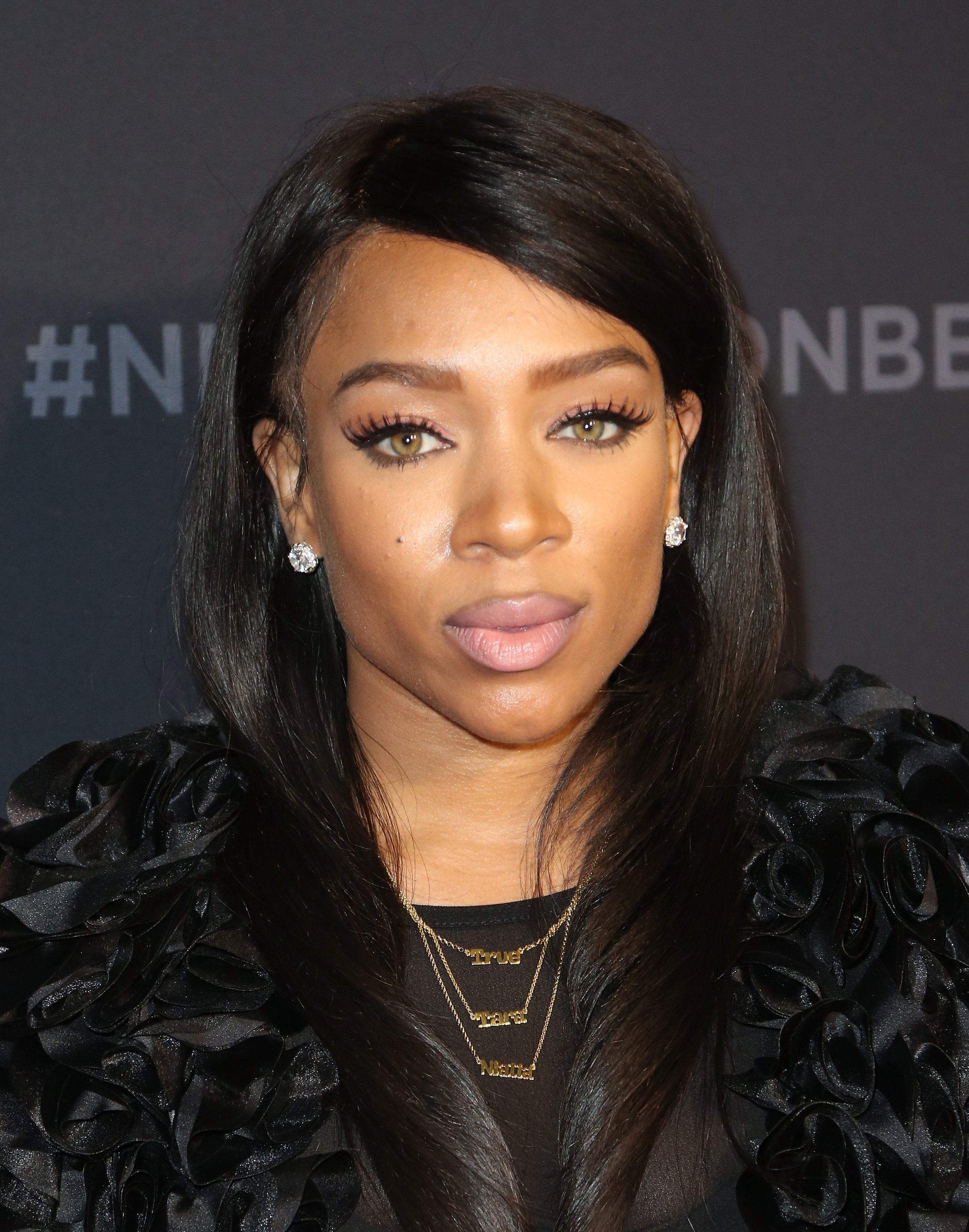What if the world of art and technology were to collide, creating a symphony of innovation and creativity? This is not merely a hypothetical question but a reality that has been unfolding in Silicon Valley. The integration of artificial intelligence into the creative process has revolutionized how artists approach their craft. **Artificial intelligence is no longer just a tool for tech enthusiasts; it is a catalyst for artistic expression.** As we delve deeper into this narrative, we uncover the stories of individuals who have embraced this transformation, harnessing the power of AI to redefine boundaries.
In the heart of San Francisco, nestled among the bustling streets and towering skyscrapers, lies a studio that serves as a testament to this fusion. Here, digital artists collaborate with engineers, blending traditional techniques with cutting-edge technology. The result is an explosion of colors, forms, and ideas that challenge conventional notions of art. These creators are not only redefining what art can be but also expanding its accessibility to a global audience. Through platforms like virtual galleries and online exhibitions, art enthusiasts from all corners of the world can now experience these masterpieces without geographical constraints.
| Name | Jessica Thompson |
|---|---|
| Born | March 12, 1985 |
| Place of Birth | Palo Alto, California |
| Education | Bachelor's Degree in Fine Arts, Stanford University |
| Career | Digital Artist & AI Specialist |
| Awards | Recipient of the TechArt Innovation Award (2022) |
| Notable Works | Neon Dreams, AI Horizons, Digital Renaissance |
| Website | jessicathompsonart.com |
Among the pioneers of this movement is Jessica Thompson, whose work epitomizes the convergence of art and technology. Her journey began in the corridors of Stanford University, where she honed her skills in fine arts. However, it was her exposure to computer science during a summer internship that sparked her interest in artificial intelligence. This curiosity led her to explore how AI could enhance her artistic endeavors, resulting in a portfolio that is both innovative and thought-provoking. Her piece Neon Dreams garnered widespread acclaim for its vivid portrayal of futuristic landscapes, while AI Horizons delves into the philosophical implications of human-AI interaction.
The impact of AI on the art world extends beyond individual creations. It has democratized access to tools that were once exclusive to seasoned professionals. Software programs equipped with machine learning algorithms enable novices to experiment with various styles and techniques, fostering a culture of experimentation and discovery. This shift has also given rise to new business models, where artists can monetize their work through digital marketplaces and blockchain technology. NFTs, or non-fungible tokens, have become a popular medium for selling digital art, providing creators with unprecedented control over their intellectual property.
However, the integration of AI in art is not without its challenges. Ethical considerations arise when machines are entrusted with creative decisions traditionally reserved for humans. Questions about authorship and originality linger, prompting debates within the artistic community. Some purists argue that the essence of art lies in its human element, fearing that reliance on AI may dilute this authenticity. On the other hand, proponents believe that AI serves as an extension of the artist's vision, amplifying rather than diminishing their capabilities.
Despite these concerns, the momentum behind AI-driven art shows no signs of slowing down. Major institutions such as the Museum of Modern Art and the Tate Modern have begun incorporating digital works into their collections, signaling a broader acceptance of this genre. Furthermore, educational programs are emerging to equip aspiring artists with the technical skills needed to thrive in this evolving landscape. Workshops, seminars, and online courses offer valuable insights into the intersection of art and technology, ensuring that future generations are well-prepared to navigate this dynamic field.
As we stand on the precipice of a new era, one thing becomes clear: the collaboration between art and technology is here to stay. It challenges us to rethink our perceptions of creativity and innovation, pushing the boundaries of what is possible. Whether through the lens of a digital canvas or the circuits of a neural network, the possibilities are endless. And as artists like Jessica Thompson continue to lead the charge, they remind us that the true beauty of art lies not in its medium but in its ability to inspire, provoke, and transform.
Meanwhile, across the globe, similar transformations are taking place in diverse fields. In medicine, AI assists doctors in diagnosing diseases with remarkable accuracy. Financial analysts utilize predictive algorithms to forecast market trends, while educators employ adaptive learning systems to personalize instruction for students. These advancements underscore the versatility of artificial intelligence, demonstrating its potential to enhance nearly every aspect of human endeavor.
In conclusion, the integration of AI into the realm of art represents more than a technological leap; it symbolizes a paradigm shift in how we perceive and engage with creativity. By embracing this change, we open ourselves to a world where imagination knows no bounds and innovation becomes the norm. As we continue to explore the infinite possibilities offered by this synergy, we must remain mindful of the ethical implications and strive to uphold the values that define us as creators and innovators.

